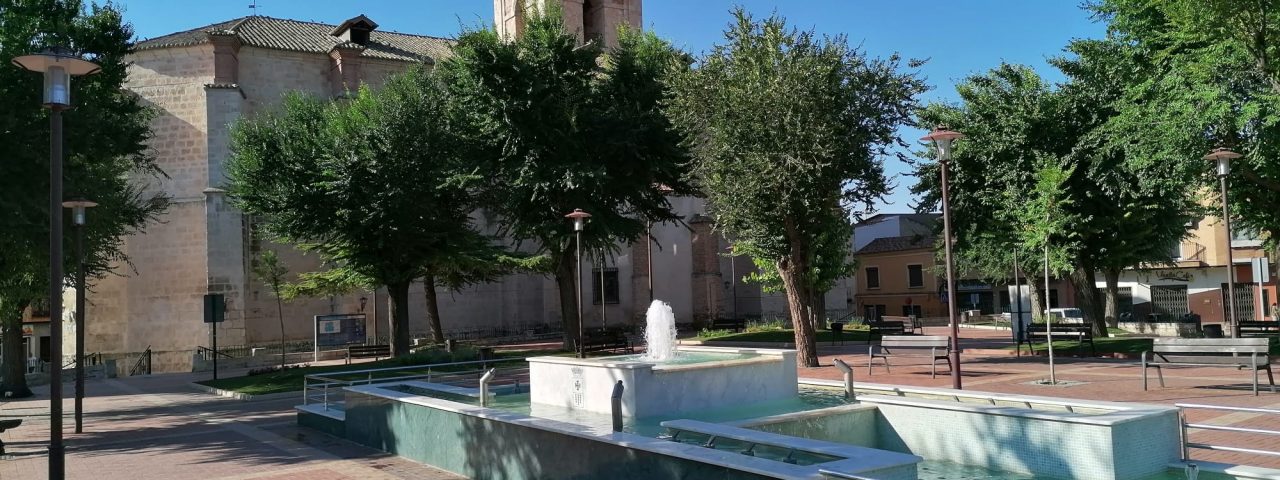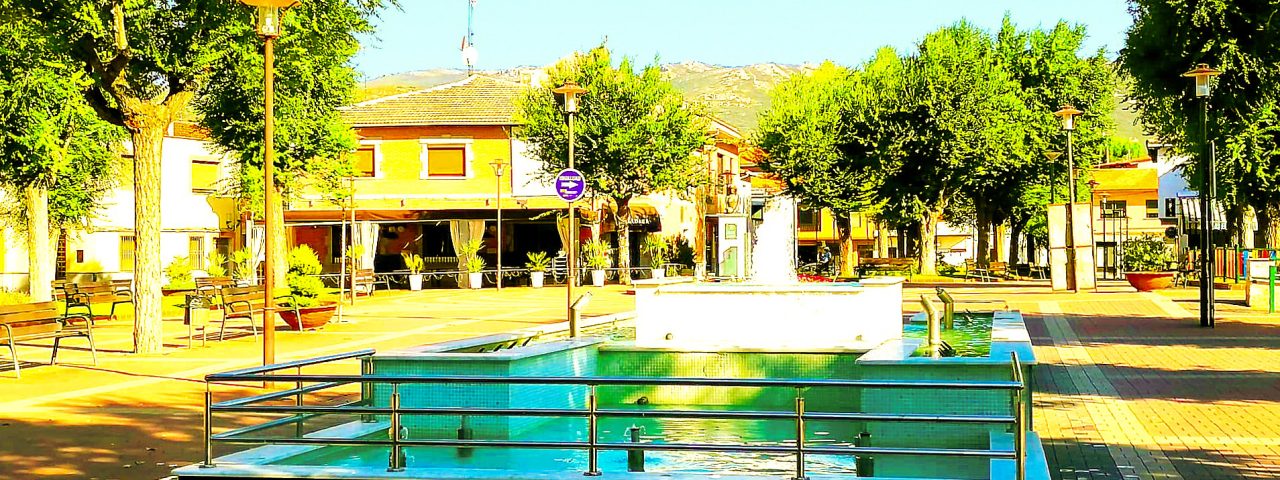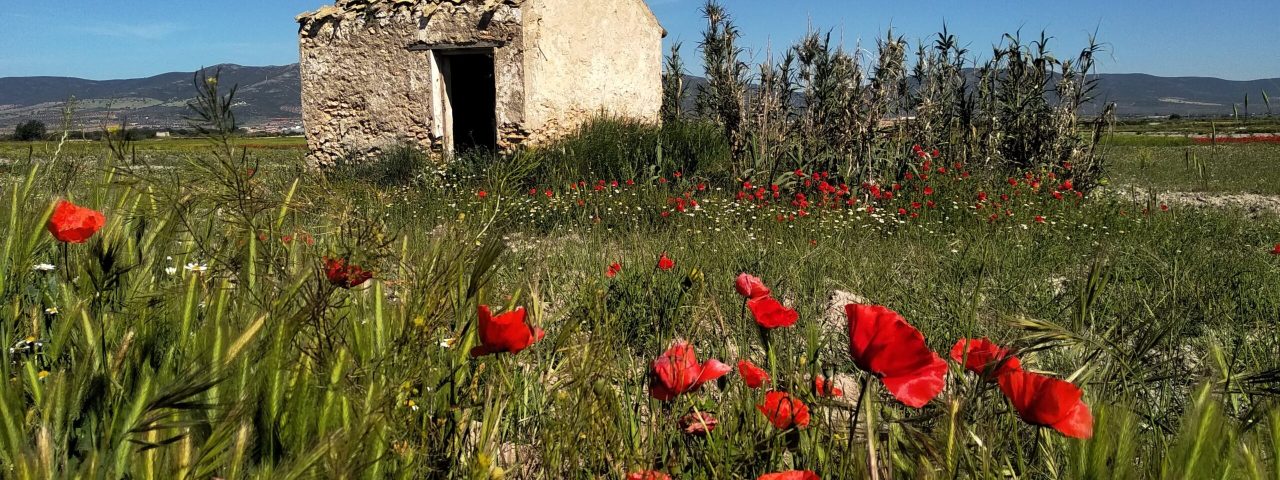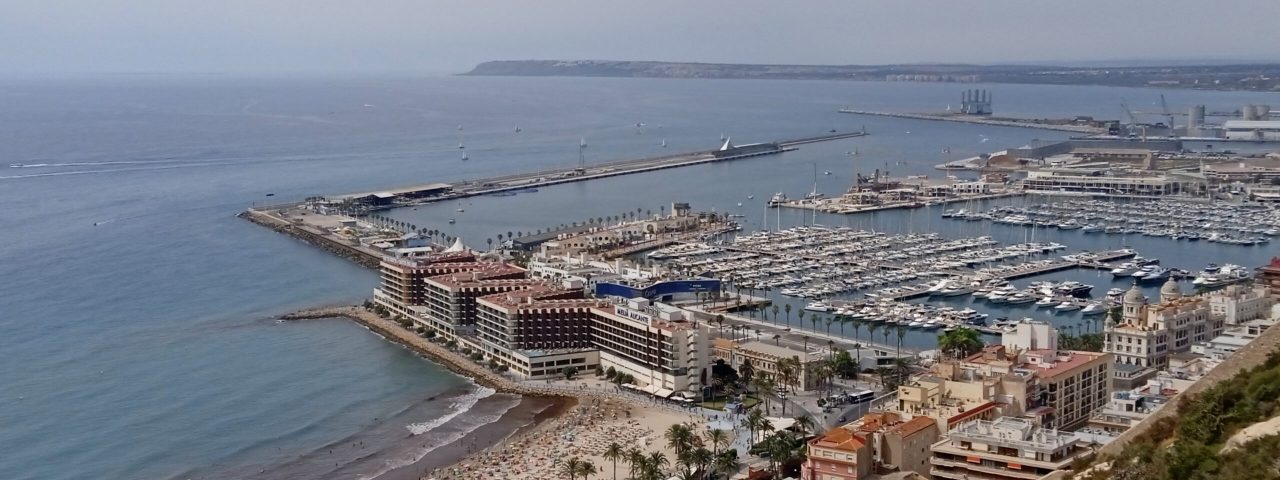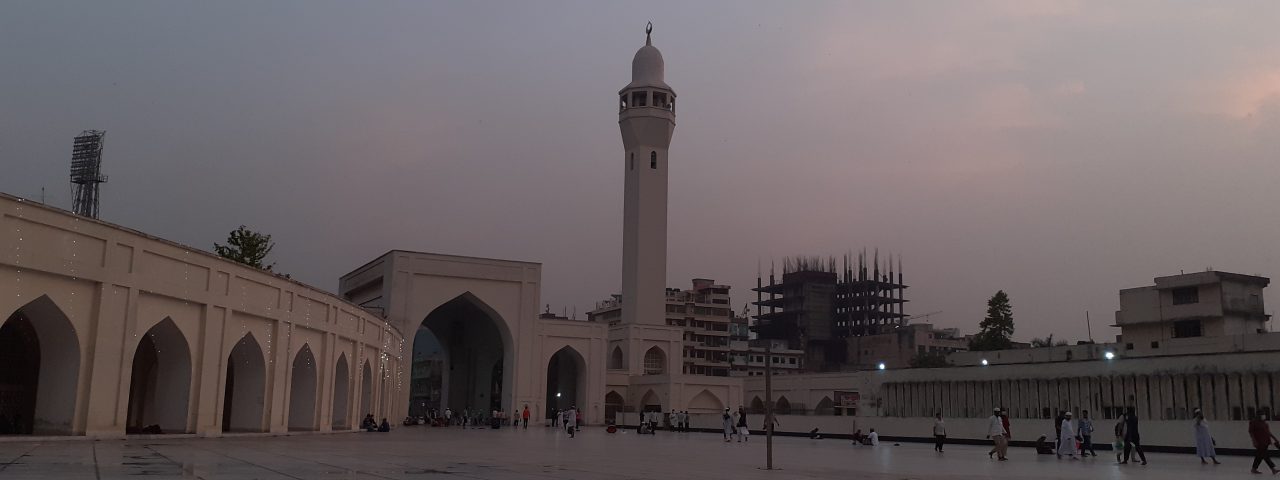Villarrubia de los Ojos has a rich history that dates back to Roman times, though it gained particular prominence during the Middle Ages under Christian rule. The city’s name, “Villarrubia,” originates from the reddish color of its soils (“villa” meaning village and “rubia” meaning red), while “de los Ojos” refers to the nearby natural springs, which were significant to early settlers. The region has seen the influence of various cultures, including Roman, Visigoth, and Moorish, before becoming firmly established as part of the Christian Kingdom of Castile.
Culturally, Villarrubia de los Ojos is deeply connected to the traditions of La Mancha. One of the most important cultural events is the annual festival in honor of the Virgen de la Sierra, the city’s patron saint, celebrated with a large pilgrimage to the nearby sanctuary. This festival is a major draw for locals and visitors alike, with traditional music, dance, and food adding to the festive atmosphere. Other noteworthy events include the Easter processions, a colorful display of religious devotion and artistry, as well as the celebration of La Mancha’s wine harvest in the autumn.
The city also maintains strong agricultural traditions, with olive oil and wine production playing central roles in its cultural identity. Visitors can enjoy tours of local wineries and olive mills, gaining insight into centuries-old production methods. The region’s close association with Don Quixote’s literary adventures further deepens its cultural appeal, with several attractions and references to the novel found throughout the area.
